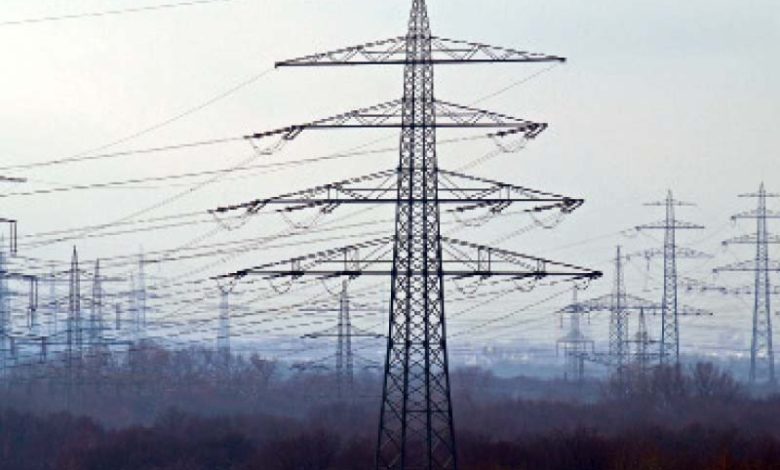
The national power regulator has stepped in as tempers flared across the country over protracted power disruptions in hot conditions, despite official promises of surplus electricity.
Previously, the country’s persistent power problem provoked summer protests – sometimes with deadly repercussions – but the existing administration claims to have resolved the shortages by establishing many power projects within the China-Pakistan Economic Corridor (CPEC).
The load-shedding was caused by a technical issue at a large hydroelectric power facility, as well as outages at a few thermal power facilities, according to the energy minister. He did, however, emphasise that the disruptions did not imply that the country did not have a surplus of energy.
Meanwhile, the National Electric Power Regulatory Authority (Nepra) convened the CEOs of all power distribution firms, as well as K-Electric, on Friday to explain the causes for the hours-long outages and to emphasise the “remedial efforts to minimise protracted load-shedding.”
Nepra stated in a statement that all power distribution firms, including K-Electric – the power distribution firm that delivers energy to Karachi – are required under their licences to ensure uninterrupted and stable power supply to its customers.
The government asserts that Pakistan now has excess electricity as a result of the completion of various CPEC power projects. However, every summer, when consumer demand rises, all promises about overcoming load-shedding are revealed.
According to analysts, the demand for power is far higher than the government’s forecasts. Load-shedding is used by electricity providers in areas when they are losing a lot of money.
If these firms provide electricity to all users on an equal basis rather of using the “pay bills and get electricity” formula, overall power demand will be substantially greater. According to the Power Division, the demand for power is 24,100MW, while the supply is 22,600MW.
However, according to Federal Minister of Energy Hammad Azhar, there has been an average power shortage of 1,000MW over the last 48 hours owing to rehabilitation work on a large hydroelectric power plant and outages at a few thermal power facilities.
“Tarbela will go back online in four to six days (3,000MW), and attempts have been made to add 1,100MW from other plants by tonight to bridge the shortfall,” the minister said on social media. In a separate video message, he explained why the country has been subjected to load shedding for the past 48 hours.
He explained that one of the causes for the load-shedding is that the Water and Power Development Authority (Wapda) is performing normal maintenance on the Tarbela dam, which would be finished in two to three days. “Approximately 3,000MW of energy will be restored during the next few days.”
He highlighted that load-shedding does not imply that the country lacks extra electricity. He went on to say that the country has enough electricity to last the whole year.
According to officials, the government has enhanced gas supplies to Kot Addu Power Company (Kapco) in order to add 450MW of energy to the grid. They said that the severity of load shedding had been lowered and that the situation will be back to normal by tomorrow.
















